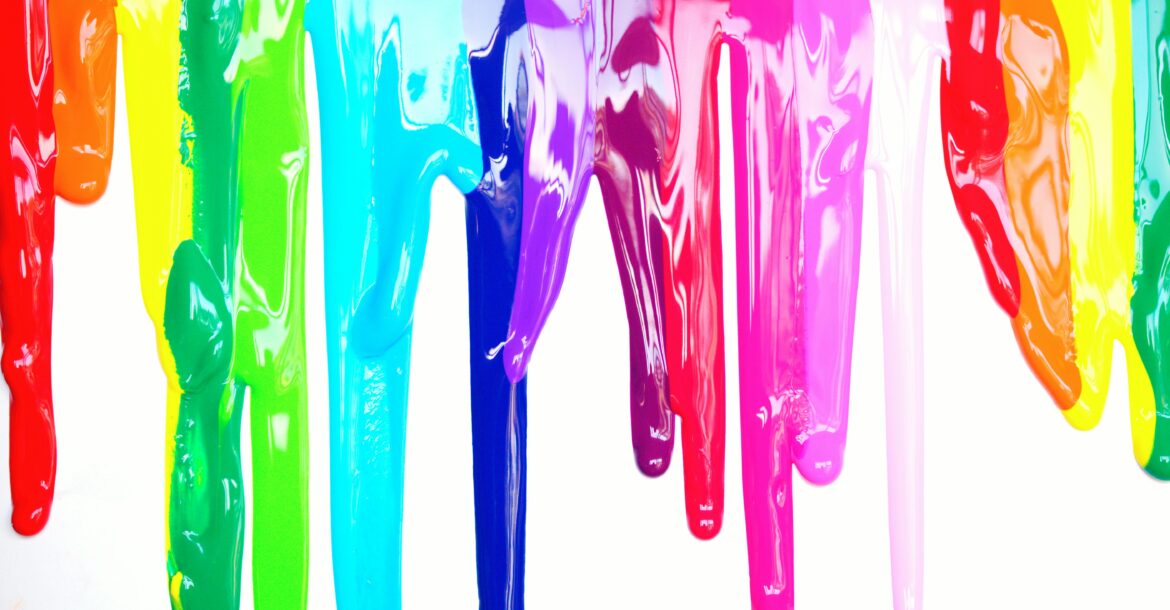When it comes to home design, paint is more than just decoration; it’s a powerful psychological tool that influences how we feel, think, and interact within a space. Color isn’t only something we see; it’s something we feel. Whether it’s the calming blue of a coastal bedroom or the energizing red of a restaurant wall, color deeply impacts our emotions, behavior, and energy levels. When used with intention, paint becomes more than a design choice; it becomes a tool for shaping mood and enhancing well-being.
Understanding the Psychology of Color
Color psychology is the study of how colors influence behavior and emotions, operating on both biological and cultural levels. Biologically, humans are wired to react to color. Bright reds may increase heart rate and adrenaline, while blues and greens often reduce stress and lower blood pressure. Culturally, we associate colors with specific ideas: white with purity, green with nature, yellow with optimism, and so on. These associations may differ slightly across the globe, but many reactions to color are consistent among different populations.
Read More
In home design, applying this knowledge can transform how we experience each room. A thoughtfully chosen color palette can elevate your energy, soothe anxiety, promote focus, or create a sense of comfort and warmth. The key is to match the psychological effect of each color to the purpose of the room.
Room-by-Room Color Recommendations
Choosing the right paint color starts with understanding the mood you want to create in each room. Here’s how to harness the psychology of color in your home:
- Living Room: Warmth and Connection
The living room is the heart of the home, a space for family, guests, and connection. That’s why choosing warm, neutral colors is the best option for your living room. Colors like beige, cream, warm whites, and off-white can stimulate conversation and create a cozy atmosphere. Earth tones help ground the space and provide a feeling of stability. Avoid overly bold colors, which may feel unwelcoming or too formal.
- Bedroom: Calm and Restful
The bedroom should be your sanctuary, a place to relax, unplug, and recharge. Cool colors are your best option here. Blue, in particular, has been shown in studies to lower heart rate and promote sleep. Shades like powder blue or misty lavender create a serene backdrop that encourages rest. You should avoid bright reds and oranges here, as they can raise energy levels.
- Kitchen: Energetic and Cheerful
Kitchens are energetic spaces where we nourish ourselves, entertain, and often begin our day. Colors that stimulate the senses are perfect here. Lighter colors also make the space feel cleaner and brighter. Yellow evokes sunshine and positivity and can help energize a morning routine. Soft greens suggest freshness and health, reinforcing the food-focused nature of the space.
- Dining Room: Appetite and Ambiance
Dining rooms benefit from richer, more dramatic tones that evoke intimacy and appetite. Deep reds and plums have historically been used in dining spaces to stimulate hunger and enhance flavor perception. Darker greens or navy can add a sense of sophistication and warmth.
- Bathroom: Fresh and Clean
Bathrooms should feel hygienic and refreshing, cool tones evoke cleanliness and calm. Blues and light greens evoke water and nature, reinforcing the ideas of hygiene and relaxation. A pale seafoam green or spa blue can instantly make your bathroom feel like a luxurious retreat. But also consider adding warmer accents to prevent the space from feeling too sterile.
- Home Office: Focus and Productivity
In a space designed for productivity, color should promote concentration without causing fatigue. Muted greens are known for enhancing focus while calming the mind. Blues, particularly navy, support mental clarity and confidence. Neutrals like taupe or greige (a mix of gray and beige) offer a sophisticated backdrop without distraction.
While psychology gives us a foundation, choosing paint still requires a bit of practical decision-making. Here are a few expert tips to help you make the best choice for your space:
- Test first:
Before deciding to paint the walls of your house, you should always sample a color on your wall and observe how it looks in different lighting throughout the day, as natural light can dramatically change how a color looks. That way, you can confidently choose the perfect color.
- Consider undertones:
A paint color might seem neutral, but it can have undertones like pink, blue, green, or yellow that affect how it interacts with your furniture, flooring, or decor. Undertones can affect how harmonious your palette feels, so consider comparing samples next to existing elements in your space.
- Balance bold with neutral:
Bold, saturated colors can bring life and personality to a room, but too much can feel overwhelming. Use vivid shades strategically: try an accent wall, colorful cabinetry, or bright trim paired with more subdued hues, and balance them with neutral tones to avoid visual overwhelm.
- Don’t forget finish:
The finish you choose affects the look and durability of the paint. Flat or matte finishes hide imperfections but are harder to clean, while satin, eggshell, or semi-gloss finishes are more durable and easier to wipe down; they’re ideal for kitchens, bathrooms, or living rooms.
- Think long-term:
It’s tempting to follow the latest color trends, but paint is a big commitment, both visually and financially. Before going all-in on a trendy color, ask yourself if it suits your style and how you’ll feel about it in a few years. Go for timeless, versatile tones in main spaces, and experiment with trendier hues in smaller, easier-to-update areas like bathrooms or home offices.
In the end, painting your home isn’t just about following trends or picking your favorite shade. It’s about understanding how your environment affects your mood, energy, and quality of life. Color has the power to support restful sleep, stimulate creativity, encourage sociability, and even promote mindfulness.
So the next time you’re standing in the paint aisle, don’t just think about how a color looks, think about how it feels. With a bit of insight and intention, you can use the psychology of color to design a home that doesn’t just look beautiful, but truly feels right.







